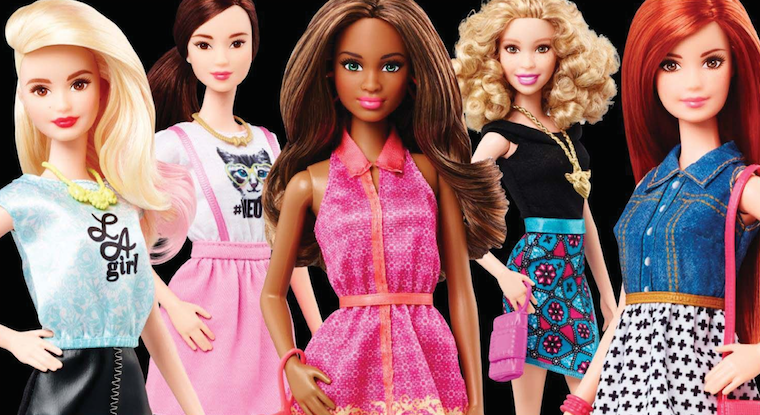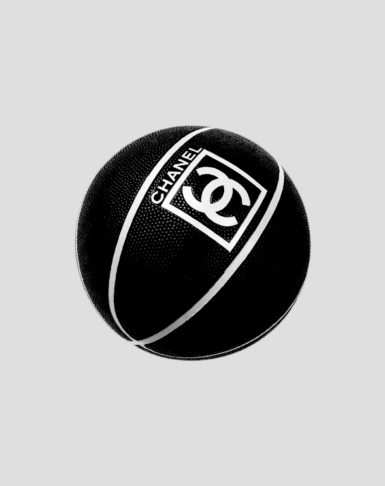This post originally appeared on Wallblog.com, part of Brand Republic
Mattel’s new line of Barbies look more like the women of today, and therefore, like the girls who are playing with dolls.
It’s no secret that Barbie has been criticized for her propagation of unrealistic body ideals, and it appears this brand re-evaluation is a step in the right direction.
Surprisingly, Barbie once invoked an empowering message to young girls. Creator Ruth Handler noted, “Barbie always represented the fact that a woman had choices”.
The 1984 slogan, “We can do anything, right Barbie?” let girls use Barbie’s world to envision their future full of powerful and diverse professional possibilities.
But as society’s demands evolved, Barbie’s brand did not. Its outdated design combined with mounting criticism transformed Barbie from a Symbol of empowerment to oppression.
The terrifying truth was that girls began to see the popular slogan, “We can do anything, right Barbie?” as “We can do anything if we look like Barbie.” As the brand’s image changed, so did its success.
Since 2000, Barbie sales have dropped almost 50% — a decline that was amplified by other brands taking advantage of Barbie’s blind eye to criticism.
In 2001, MGA introduced a line of new dolls that disrupted Mattel’s hold on the doll market – Bratz. The company exploited Barbie’s stall in re-branding by introducing a more realistically-dimensioned and ethnically-featured doll to satisfy the new consumer demands.
By 2006, Bratz had dethroned Barbie as the number one doll. Barbie attempted to combat this with their own ethnic-designed dolls, MyScene and Flava, but the brand had already been pigeon-holed into a negative stereotype of femininity.
Bratz dolls have not been alone in transforming how the public thinks about dolls and girl’s toys in general. American Girl dolls (also owned by Mattel), branded for girls’ “positive growth” saw sales soar, while Target ignited a controversial conversation with its gender-neutral marketing, and a crowdfunded campaign launched Lammily, a doll made using standard human body proportions that received more than 19,000 preorders.
With the new Barbie dolls, it seems that the brand has finally caught up to the expectations of the toy world and, as a result, saw a sales boost shortly after the announcement. The new branding was preceded by changes to include more diverse complexions and hair colors.
These visual design changes are altering the cast of characters children have available to play with: a new cast that reflects a closer version to children’s reality in which beauty is defined by a variety of shapes and sizes.
But Barbie can’t afford to take another leave of absence in adapting its branding narrative. This is just one step to combatting the overarching negative shadow that years of outdated branding has cast on the toy.
To truly rebrand the toy’s image, Barbie will have to don her best activist outfit and work to portray herself as a more realistic model — one that any girl can identify with.
Most importantly, the changes should allow children to cast themselves in those various, powerful roles. Best of all, maybe this new line of dolls will mean that today’s children will never have been allowed to imagine it any other way.
Austyn Stevens is creative director at Siegel+Gale.


